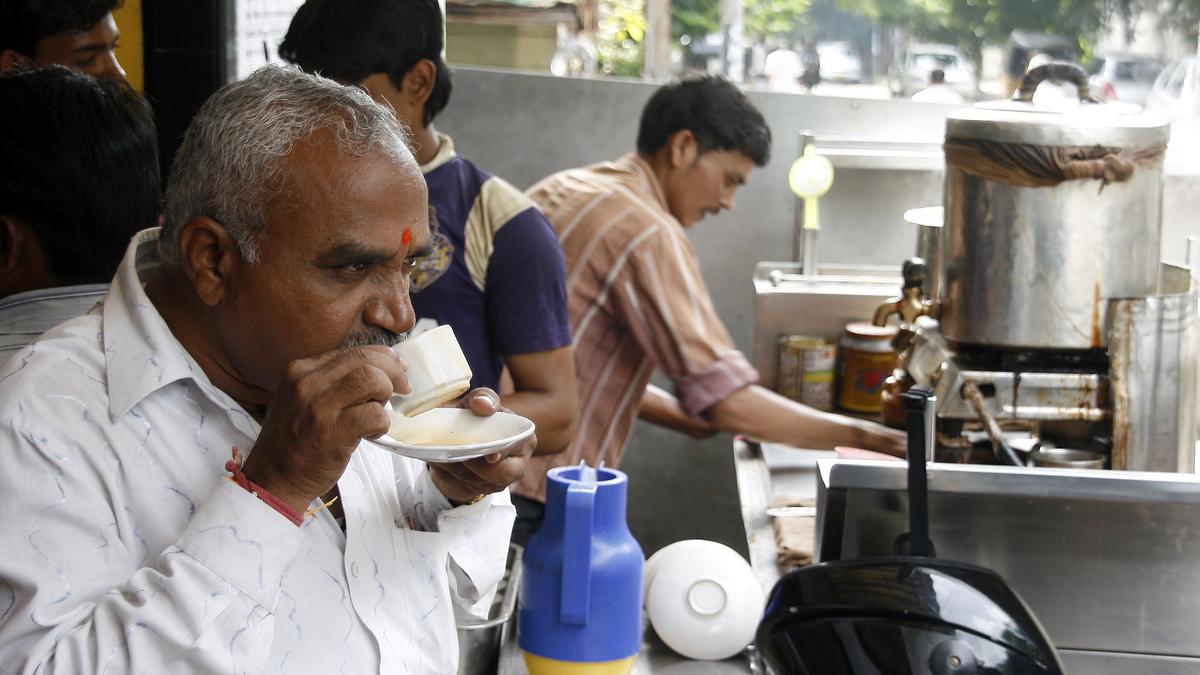
A sip of history: The Nizam and British Resident’s push to chai culture
The Hindu
On September 18, 1917, an order was issued permitting the setting up of tea stalls across Hyderabad city limits; the rationale behind the move was to discourage alcohol consumption, and replace it with chai noshi or tea-drinking.
Hyderabadis love their chai. And those who swear by a cup of the wildly-popular Irani chai are in a league of their own. But, perhaps it is a little-known fact that tea consumption received royal patronage, with the Nizam’s government being open to making it a beverage of choice in the city, at the behest of the British.
It was on September 18, 1917, that a hukm, or order, was issued permitting the setting up of tea stalls across Hyderabad city limits. The order was issued at the request of the British Resident in Hyderabad. Interestingly, the rationale behind the move was to discourage, as the order states, alcohol consumption, and replace it with chai noshi, meaning tea-drinking.
The Resident’s suggestion went through a round of deliberations. Later, the Malguzaari, revenue department, gave permission to set up tea stalls.
This effort to wean away the public from alcohol, was widely reported in the international press, show archival documents, with several newspapers seeing the move as innovative, and lauding the idea.
The Leamington Chronicle wrote that “Tea is to oust toddy in Hyderabad”, and estimating how much it would cost, added, “fifty thousand pounds is to be spent by that State”. It pointed out that the revenue by means of excise in Hyderabad “reaches the figure of one million pounds”.
The Oldham Standard, too, carried a similar report, documents show. “... a chain of tea shops are being opened within a few yards of toddy booths,” a news report stated. “Attractive tables will be laid out and free tea will be supplied when asked for, and it is hoped that the scheme will empty the bars,” it added. Those with the temperance movement viewed the move favourably.













